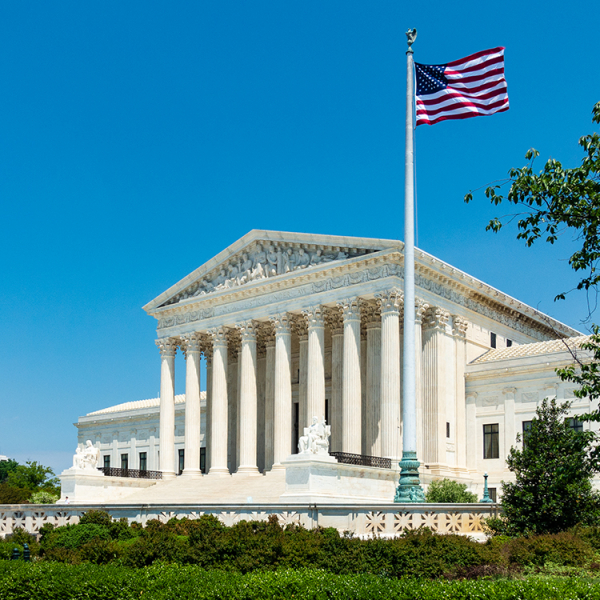

Source: Getty
The U.S. Supreme Court is back in session! The nine Justices have reconvened after the summer recess and are hearing oral arguments for cases dealing with some of the most pressing issues facing our country. Oral arguments allow time for both sides of a case to present their facts and legal claims before the justices. In turn, the Justices ask questions of the attorneys and seek a better understanding of the relevant legal matters. The Court hears multiple oral arguments each day and is scheduled to hear nearly 30 arguments through mid-December. Decisions for these cases are expected to come down in early 2022. In the meantime, here’s a snapshot of three cases to keep on your radar.
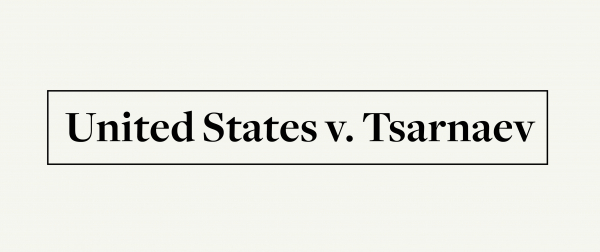
Death Penalty for the Boston Marathon Bomber
In 2013, three people were killed and nearly 300 people were injured when two pressure-cooker bombs detonated near the finish line of the annual Boston Marathon. During the multi-day search for the suspects, a MIT police officer was murdered in his patrol car, and authorities linked the two incidents to brothers Tamerlan and Dzhokhar Tsarnaev. Tamerlan Tsarnaev died while trying to flee police, but Dzhokhar Tsarnaev was arrested, convicted on 30 counts in federal district court, and sentenced to death.
The First Circuit Court of Appeals overturned Tsarnaev’s death sentence, explaining that the district court jury hadn’t been properly questioned and that evidence wasn’t allowed that connected his brother to a prior murder. The Department of Justice, under former President Trump, appealed the overturned sentence to the Supreme Court and maintained that the death penalty should be upheld. The Justices heard oral argument for this case early on in the fall session, and the conservative Justices (Roberts, Thomas, Alito, Gorsuch, Kavanaugh, Barrett) expressed general support of reinstating Tsarnaev’s death sentence. The liberal Justices (Breyer, Kagan, Sotomayor) were more sympathetic to Tsarnaev’s defense that his older brother coerced and influenced him into the bombing, and that the First Circuit decision should stand.
If the Court comes down in support of Tsarnaev’s execution—as is expected by legal scholars—it will reflect discord between the executive and judicial branches on the federal death penalty, with the former seeking to limit the practice and the latter aiming to extend. Even in states that prohibit the death penalty by state law, certain crimes can still be punishable by death under the Federal Death Penalty Act. President Biden has been pushing to end capital punishment, and earlier this year, the Department of Justice issued a moratorium on federal executions while a review of the Department’s policies and protocols are reviewed.
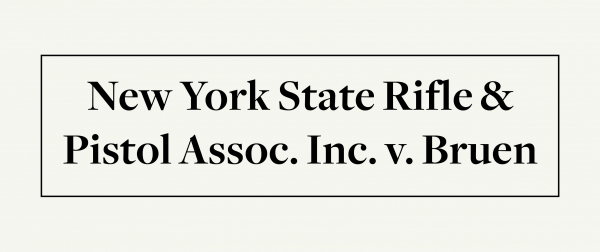
Unrestricted Concealed Carry for Firearms
New York state law requires that applicants for unrestricted concealed carry permits show “proper cause” and “demonstrate a special need for self-protection distinguishable from that of the general community.” This law was enacted in 1913 in response to an uptick in homicides in New York and is defended by the state government as a necessary, effective means of reducing gun violence. In this case, two permit applicants were denied unrestricted carry permits, but they were approved to carry while traveling to and from work, in hunting and target practice settings, and for self-defense in limited areas. The applicants viewed the limitations as an infringement on their Second Amendment rights and filed suit against the current New York Superintendent of Police.
Both the district court and appellate court dismissed the applicants’ claims, citing a previously decided Supreme Court case, District of Columbia v. Heller, which indicates that the Second Amendment right isn’t unlimited and should be regulated to some degree. The gray area is that regulations are interpreted differently according to jurisdiction, and there aren’t clear guidelines from the Supreme Court on how regulations should apply across the board. Heller was decided in 2008 and is the last major Second Amendment case that the Supreme Court has decided… until now.
If the Court rules in favor of the applicants, there could be a significant broadening of firearm accessibility in the U.S. There are seven states besides New York that require a showing of “proper cause” for concealed carry permits, so deeming the measure unconstitutional in New York would also deem it unconstitutional in those seven states, as well as preempt any other state from implementing the practice in the future. Additionally, the ruling could lead to further relaxation of other firearm regulations.
Oral argument for this case is scheduled for Nov. 3, 2021. An audio recording of the oral argument will be posted here on the same day.
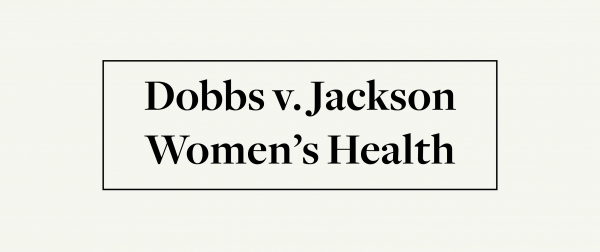
Determining Fetal Viability for Abortion Access
Abortion rights have been a major topic this year as 90 restrictive abortion laws were enacted in the first six months of 2021—the most since Roe v. Wade was decided in 1973. The Texas legislature made headlines when it passed and implemented the most limiting abortion law in the country, SB 8, prohibiting abortion services after the first detection of fetal cardiac activity, usually around six weeks’ gestation. The Supreme Court had the option to block enforcement of SB 8 before it took effect on Sept. 1, but the Court declined.
Dobbs v. Jackson Women’s Health was already scheduled for oral argument when SB 8 was enacted, so that is likely a contributing factor as to why the Court refused to hear SB 8 at the time. The Court’s inaction on SB 8 bought them a couple of months, but the question of fetal viability—a primary point of contention—is also at issue in Dobbs, once again resting the legality of abortion access with the Supreme Court. Dobbs focuses on a Mississippi law that bans abortions after 15 weeks of pregnancy. Under Roe v. Wade, abortion access cannot be denied anytime before a fetus is viable. Viability refers to the ability of a fetus to survive outside of the womb or be resuscitated after delivery. Most hospitals and medical providers consider the point of viability to be around 24 weeks.
Many legal scholars are considerably worried that Dobbs v. Jackson will ultimately lead to the overturn of Roe v. Wade. Upholding the law would essentially eliminate the viability condition that’s outlined in Roe and make abortions inaccessible before many childbearing people even know that they’re pregnant. Each of the six conservative Supreme Court Justices have expressed pro-life views, and a majority decision that strikes down the law would require two of the conservative Justices to depart from their political ideologies.
Oral argument for this case is scheduled for Dec. 1, 2021. An audio recording of the oral argument will be posted here on the same day.
Other Cases on the Docket
The Supreme Court will remain in session well into 2022, with a few breaks scattered throughout, and will hear a number of oral arguments. Some other legal matters the Court will decide include expanding Supplemental Security Income benefits to citizens of Puerto Rico (United States v. Vaello-Madero), gambling regulations on tribal land in Texas (Ysleta Del Sur Pueblo v. Texas), and disability discrimination under the Affordable Care Act (CVS Pharmacy, Inc. v. Doe), among others. Check out the Supreme Court’s website here for more info about each of this session’s cases.
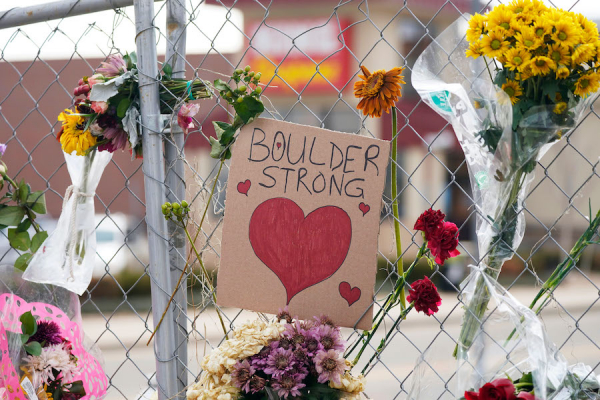
Reconciling the Second Amendment and Gun Control in America
READ NOW

Understanding Texas’ Abortion Law, SB 8
READ NOW